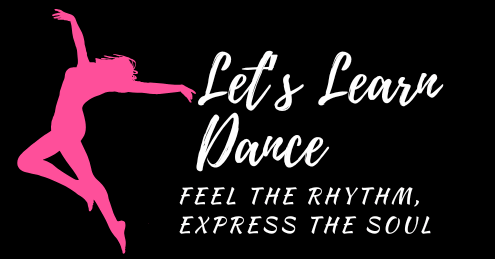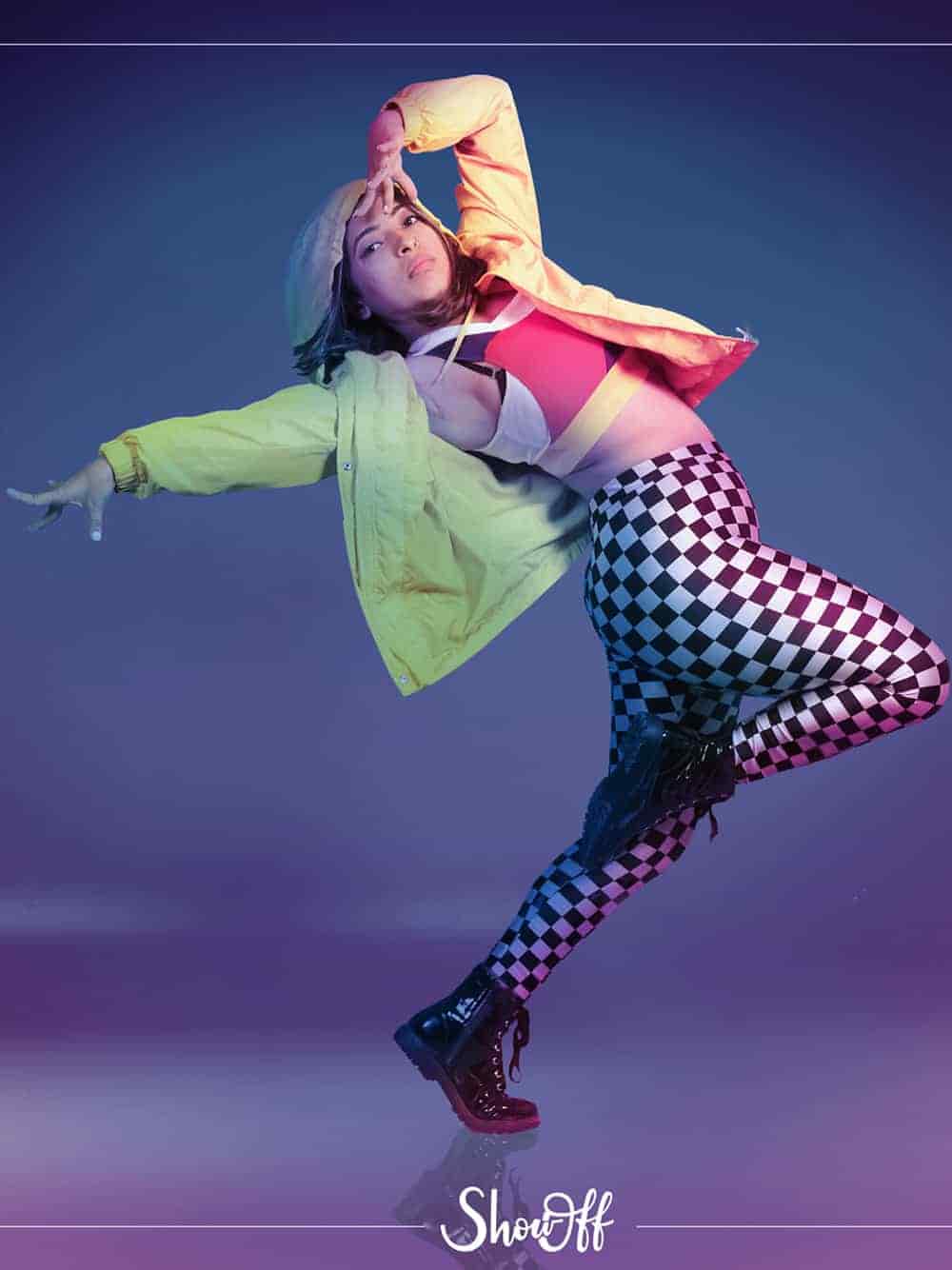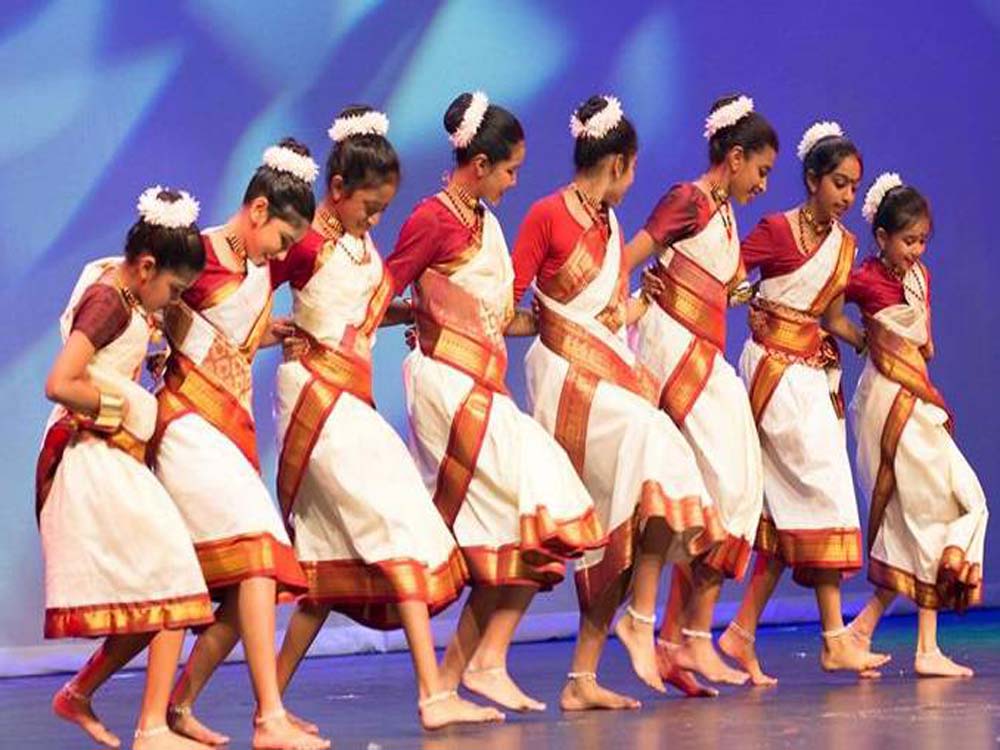
Tap Dance Uncovered: Origins, Evolution, and Top 5 Styles
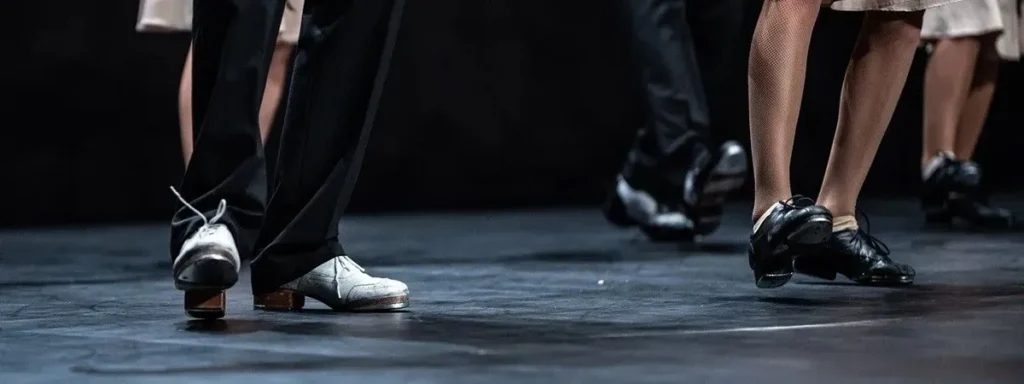
What is the meaning of Tap Dance?
The sound of tap shoes striking the floor serves as a kind of drum in the lively and rhythmic dance form popular as Tap Dance. The dancer becomes both a musician and a performer as each step movement establishes a unique sound. Specially created shoes with metal plates on the toe and heel are utilised by tap dancers. As the dancer strikes the floor, these metal taps generate sounds which generate complex beats and patterns.
Tap dance, is at its core, a dynamic blend of self-expression, rhythmic precision, and musical storytelling. Tap dance offers percussion and dance elements to establish a style that is as much about hearing as it is about seeing. To create rhythmic sequences that match or improve the beat of the music, dancers mix different steps like shuffles, flaps, time steps, riffs. Such as jazz musicians, tap dancers constantly improvise routines, combining their own distinctive form and creativity.
What is the history of Tap Dance?
The blending of different cultures, customs and kinds of music which appears in the rich and fascinating history of tap dance. Tap dance is an unique art form which emerged in the United States in the 19th century and has been influenced by English, Irish, and African cultures. Tap dance growth has a complex connection to the social disputes and cultural exchanges which took place through American history. The rhythmic footwork of Africans who served as slaves in America and who used dance as a style of expression, communication, resistance is how tap dance got its origins. They utilized their bodies, especially their feet, to establish hitting rhythms, as they were constantly restricted from using drums. Known as “Patting Juba” or “Hambone”, these rhythmic traditions created music through coordinated foot stomps and body slaps, turning the body itself into a percussive instrument. Irish immigrants also introduced their own step dances to America, involving clog dancing and the Irish jig. These dances, which usually took place in shoes along with hard soles, concentrated on fast, accurate footwork. African American and Irish dance forms started to mix together when they communicated, particularly in cities and on vaudeville and minstrel stages. The result was the early basis for tap dance, which paired European footwork and structure with African rhythm and improvisation. Even though minstrel shows constantly confirmed negative racial stereotypes, they were proved critical in promoting this new dance style in the middle of the 1800s. However, many African American dancers had the chance to perform and improve their abilities.
5 Iconic Styles of Tap Dance
You have heard of many dance styles but do you know that under modern dance many dance styles came. Here we are going to tell the different but popular type of dance style that you have never heard are as:
- Classical Tap
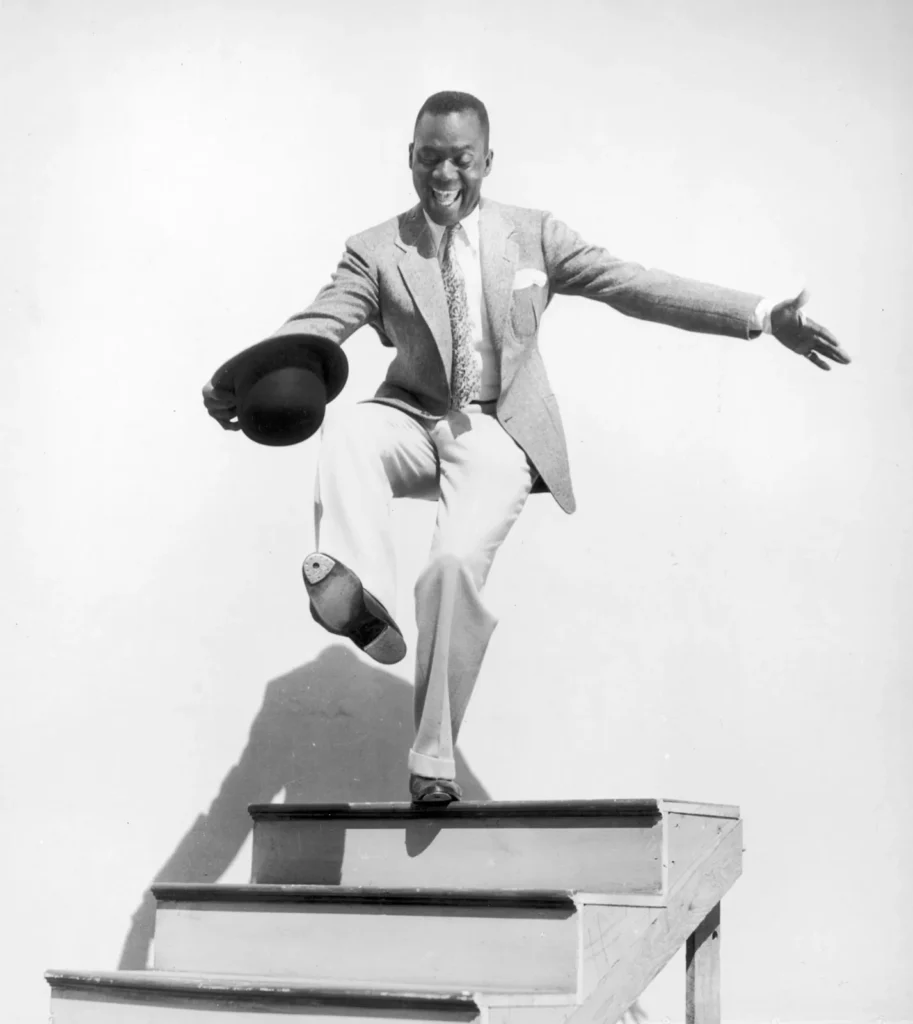
One of the earliest and most elementary styles of tap dance is the Classical Tap. Classical Tap occasionally known as traditional tap. Classical tap is differentiated by straight, elegant posture and accurate, clean footwork. Accurate, musicality, and rhythmic sounds established by the dancers feet are emphasised in this style. Classical tap highlights accurate and complicated tap sequences which demonstrate the dancer’s technical ability and timing rather than being theatrical or widely expressive with the upper body.African rhythmic footwork and European step dancing traditions, additionally Irish and English clog dances, have been merged to produce classical tap, that had its beginning in the 19th and early 20th centuries. These influences mixed and developed into a distinctive American art from over time. In vaudeville shows, where dancers showed their abilities on different stages across the US, classical tap has turned increasingly and increasingly more popular. During this time, the focus was on sound and clarity and the capability to enthral an audience personally through food rhythms.
- Broadway Tap
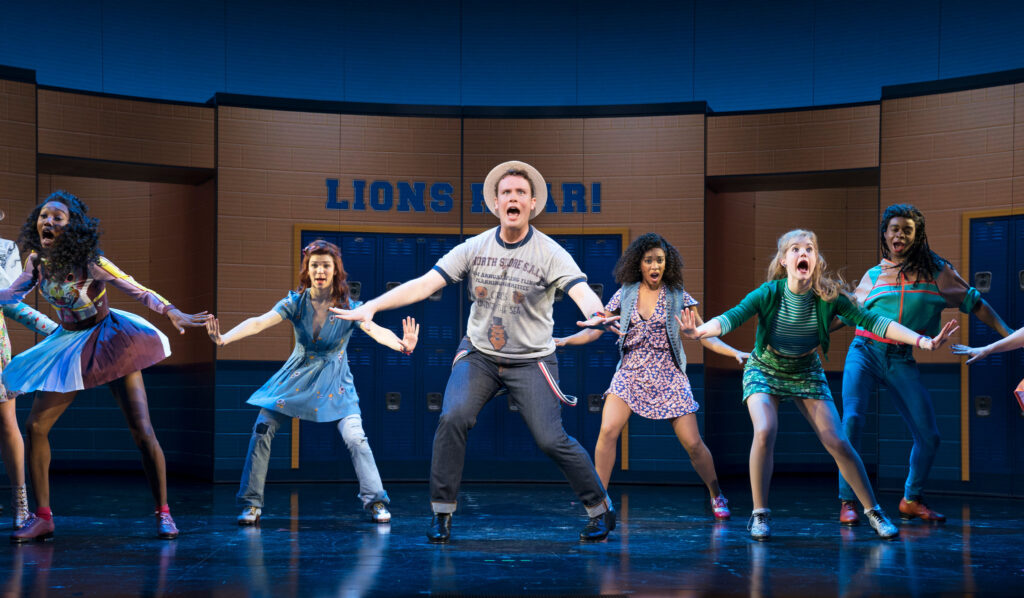
Broadway is a theatrical and expressive style of tap dancing that mixes action, storytelling, full-body performance, and intricate framework. Broadway tap puts extra highlights on dramatic flair, and visual presentation than classical or rhythm tap, which primarily highlight the sounds and rhythms established by the feet. Broadway tap is most constantly noticed in musical theatre productions, where dancers enhance the story or character by mixing emotions and movement. Broadway tap has its origin in the early 1900s. When tap initially showed up on stage, particularly in musical comedies and vaudeville performances. Tap routines started to be included into larger theatrical numbers by directors and choreographers as Broadway musicals became increasingly common.
- Soft Shoe
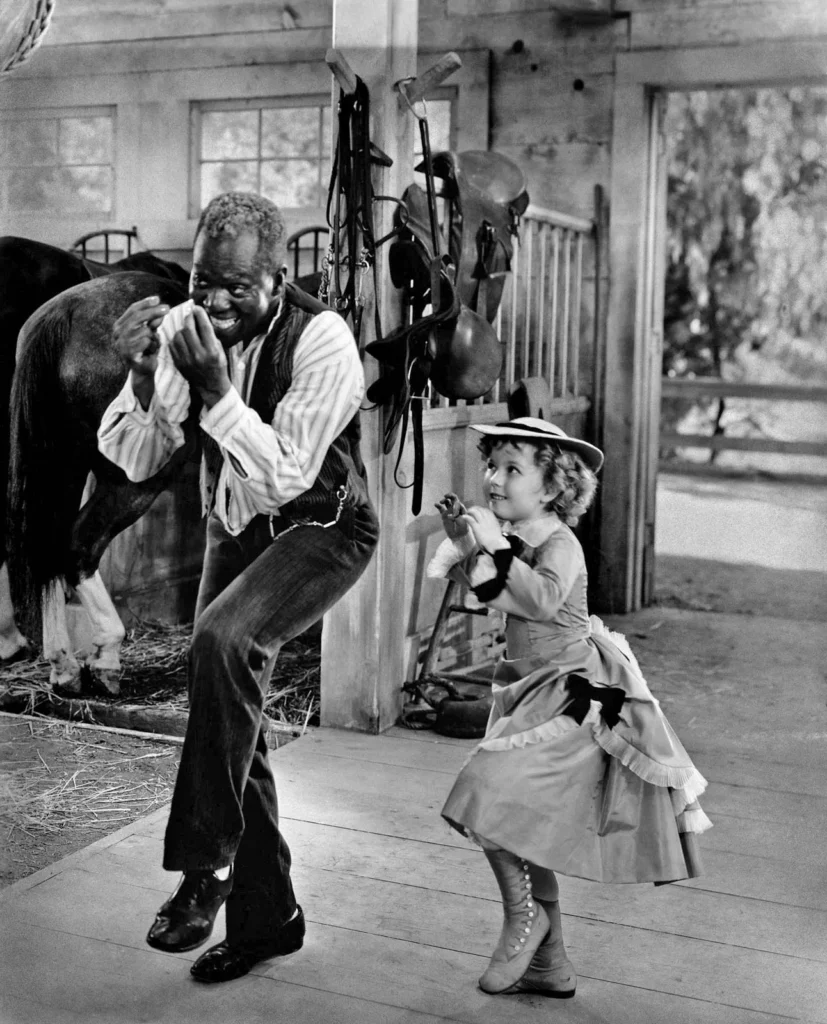
A universal and vibrant tap dance style, soft shoe is differentiated by its complicated rhythms, and flexible, light movements. Soft-shoes were initially established using soft-soled shoes without taps, in comparison to other tap styles that use metal plates on the soles of shoes to produce strong hitting sounds. The dancers utilise their skill and control to roll and brush their feet across the floor, establishing smooth, rhythmic sounds. Tap shoes can still be used to perform soft shoes today, but the sound is still intentionally delicate and soft.
- Funk Tap

The bold, expressive movements of funk, hip-hop and street dance are merged with traditional tap techniques to generate the modern cheerful tap dance style popular as “Funk Tap” Funk tap is a modern innovation of tap which brings a traditional dance form with fresh rhythms, urban culture, and improvisational flair. Funk tap is recognized for its flexible footwork, groove-based style, and creation of active, bass-heavy music – often with electronic, hip-hop, or funk beats.
- Rhythm Tap
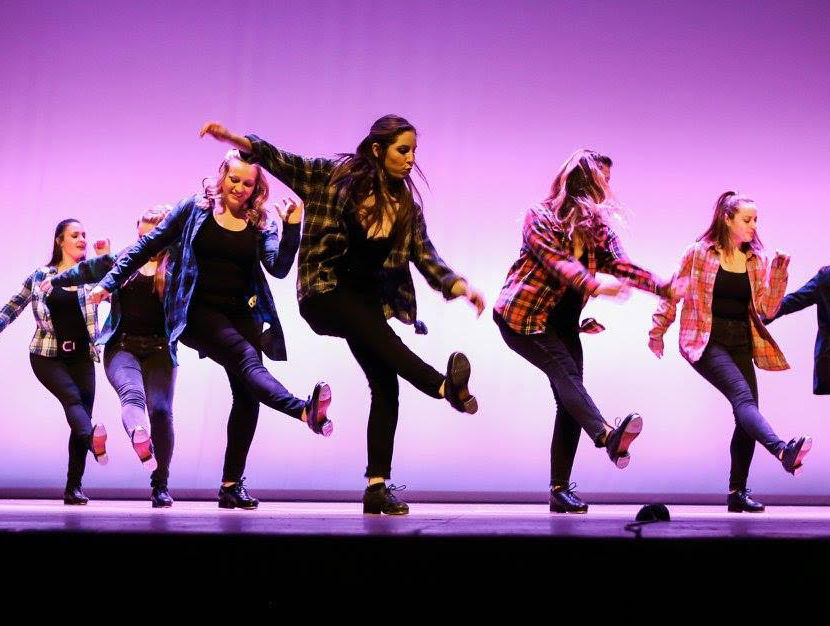
The expanded sounds and intricate rhythms produced by the dancer’s feet have the primary objective of the tap dance style popular as “Rhythm Tap”. In comparison to other tap styles which may have a greater highlight on theatrical expression or visual performance, rhythm tap thinks the dancers as a musician who utilises footwork to create hitting sound. One of the most expressive and musically requesting kinds of tap dance, this style puts an extreme focus on timing, syncopation, musicality, and constant improvisation.
